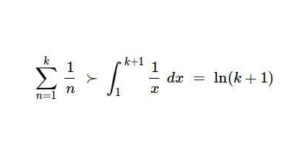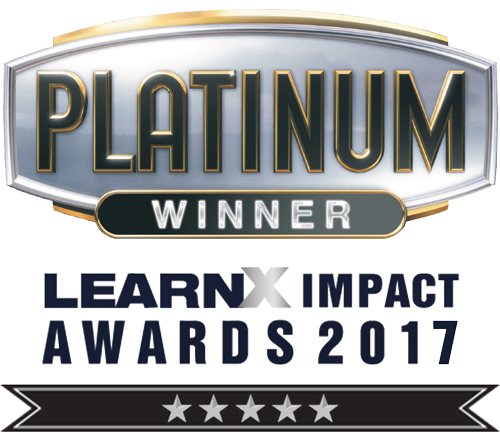The aim of this project is to develop six blended units of competency that are used across multiple programs to improve student engagement and experiences, and enhance teaching practice.
Two key units “Apply technical mathematics” and “Apply physics to solving electrotechnology engineering problems” required the presentation of multiple mathematical formulas in the course content and assessments. A groan—as many of us who had hoped to leave complex maths behind the fences at secondary school.
Once we delved deeper into the subject matter, we realised that such formulas are often beautiful to look at, but difficult to display and manage in an online environment.
The options are to either use images of formulae, which are inaccessible for screen readers, or use the notational shorthand for formula, which doesn’t really represent the material accurately.
Most word processors operate on a ‘what you see is what you get’ system which means what you type into the word processor appears on screen exactly as you typed it, and most of the time that’s great. However, advanced mathematics and science subjects have elaborate formulas full of symbols which don’t appear on your standard QWERTY keyboard, and for that you need a document preparation system such as LaTex.
If you’re the kind of person who likes to roll their eyes when someone incorrectly pronounces GIF as ‘gif’ and not ‘jif’ then you are going to love LaTex. LaTex is actually pronounced ‘lay-tech’ so it rhymes with blech. So when you hear someone pronounce it as latex you can not only roll your eyes when you correct them, but also shake your head and mutter something under your breath.
Despite our recent discovery of this tool, its history began in 1983 and has been used to accurately portray complex expressions or non-latin figures, notably Sanskrit and Chinese. For those of us old enough to remember typeface cartridges in printers, this blunt instrument logically solves such problems.
With greater support in digital typography and the addition of dozens of languages to fonts such as Times New Roman and Helvetica, LaTeX has fallen back to its core use as a service to convey mathematical and scientific forms.
So what does LaTex do?
LaTeX uses the TeX typesetting program for formatting its output, and is itself written in the TeX macro language. LaTeX can be used as a standalone document preparation system or as an intermediate format.
And the latter is what we use it for when we input it formulas into Canvas so everything looks exactly the way it was intended. But there is one small catch (there’s always a catch). You can’t just copy and paste a formula from a Word or PDF file and have it magically turn into a LaTex version of the formula that we can use in Canvas. But manually transcribing the hundreds of formulas we had to input into our modules would have taken weeks.
Then we discovered Mathpix which lets you magically copy and paste formulas from Word or PDF and turn them into LaTex to use in Canvas. Here it is in action.

This is an example of the type of formulas we are working with; transcribing this into LaTex format is a time consuming exercise.

With Mathpix you drag a box around the area on the screen where the formula is. It can be an image file, Word, website—it doesn’t really matter just so long as it’s on screen and it reproduces the formula with varying degrees of confidence. The sharper the image, the higher the confidence.
The LaTex format
\sum _ { n = 1 } ^ { k } \frac { 1 } { n } \times \int _ { 1 } ^ { k + 1 } \frac { 1 } { x } d x = \ln ( k + 1 )
It copies the LaTex format onto your clipboard which can then be pasted directly into Canvas. And Mathpix is available for download at our favourite price—free.
The next step is to develop a handover strategy so this helpful workflow can be implemented by the school. We found the Mathpix tool instrumental in saving time for building this course, and hope this tool will assist others maintaining the accessibility and integrity of the courses and learning materials delivered with it.


